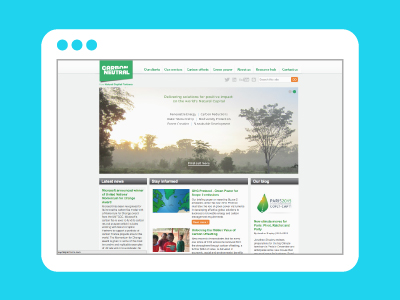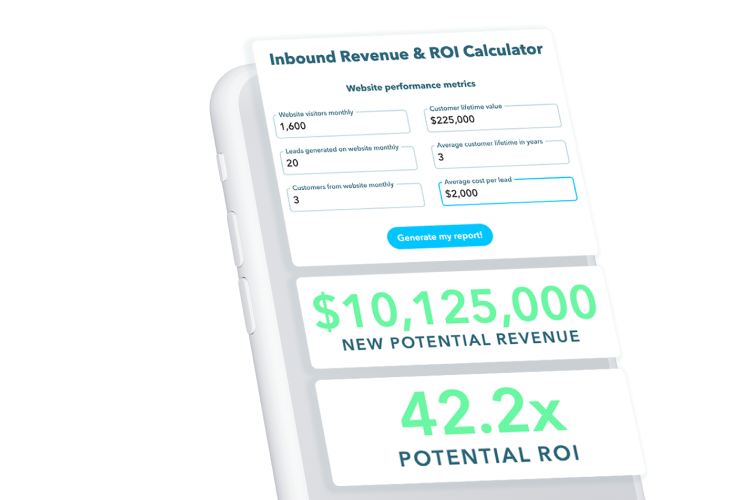 892 Views
892 Views  3 min read
3 min readAlthough most CleanTech companies are fairly new, they’ve already gone through a lot. The industry boomed in 2007, but shortly after 2009 investment interest plummeted. It wasn’t until after 2014 investors started betting on these types of companies again. So it’s never been more important to use content marketing to educate and build trust with your customers and investors – then now. Rob Day, a partner at Black Coral Capital, an investment firm in CleanTech, explained in 2009 that “Even if the new solution provides a cost advantage over the status quo, the purchasers may be unwilling to let bigger issues be risked by a more minor cost-saving opportunity. […] For example, in industrial markets, the facility manager would rather continue to pay a higher cost for energy, rather than take a risk that a newer “low cost” energy solution could disrupt their factory’s production.” How do you educate your target audience so they understand and want to adopt your technology? This is where Inbound Marketing comes into play. Here are two examples:
 website” width=”400″ height=”auto” /> website” width=”400″ height=”auto” /> |
The CarbonNeutral Company is a provider of carbon reduction solutions worldwide. In 2015 it was recognized as Best Offset Retailer for the fifth year running by the voters of the Environmental Finance awards. The award acknowledged the company’s excellence in delivering high quality, innovative solutions for its clients’ environmental needs.
 social media” width=”100%” height=”auto” /> social media” width=”100%” height=”auto” /> |
To explain their skills, they have an active Twitter stream, YouTube Channel, and Company Blog. They also maintain a great presence on LinkedIn with engaging company experts and employees. They lead discussions on Corporate Social Responsibility and Carbon Offsetting. These channels describe their services and how they help protect the environment. It’s a good idea to keep in mind social media is a great way to educate your target audience.
Also Read – Content Marketing for Manufacturers: Everything You Need to Know
 |
Harvest Power produces renewable energy, soils, mulches, and natural fertilizers from organic materials. They also prevent precious sources of energy from going to waste. Founded in 2008, the company was recently ranked by Waste360 as the 29th largest waste and recycling firm in North America. The whole process might seem a bit too magical for skeptics. A firm like Harvest Power needs to inform their target audience. They also need to find clever ways of initiating behavioral change. First take a look at the company’s Pinterest wall. It’s unique since it takes the opposing view of what you could expect from a Pinterest account. Contrary to all the walls of foodies here you’ll find articles on the wonders of what you can do with food waste – a clever link. It’s a good way of connecting with their users while making organic waste management relatable and fun. The website also provides four different forms in the contact section. The forms allows the company to strategically gather the contacts of potential customers. These two examples shows how inbound marketing strategy and creating useful content can help you engage users. This way you’ll be able to reach out with email campaigns and generate leads that will help your business grow. We hope your marketing team finds these examples inspiring!
Also Read – Combining The Best Content Marketing Tools for Success and How to Achieve the Highest Content Marketing ROI
